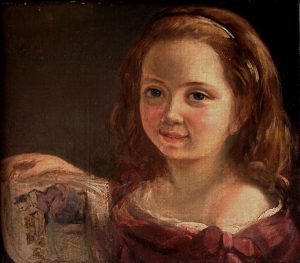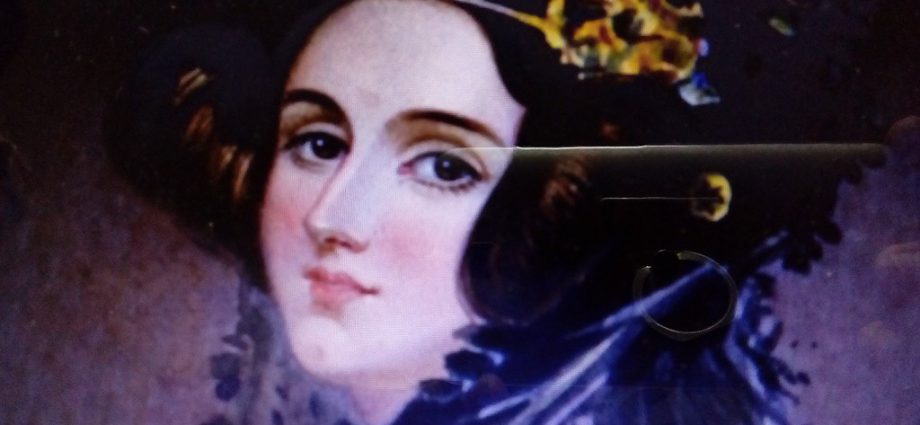The world is full of surprises. Some people surprise you on a daily basis, while others never. What makes some people special is their dedication and will. Whether professional athletes or simple people who work on a farm, they tend to do things that are not that common. On the other hand, you expect scientists to do amazing things. You expect them to work all day to create anything from a new console, better software, amazing technology, or a new phone, so that we can work from home, play games, and find great bonus codes such as 777 Bonus Code. Today, research is easier due to the availability of technology. But in the 19th century, it wasn’t like that. In the 19th century, you had to do almost everything by hand. So how come Ada Lovelace was the first programmer, when computers were a century away, and then some? Here is the story of the first programmer, Ada Lovelace.
Ada Byron

Yes, Ada was the daughter of one George Gordon Byron or simply Lord Byron, the poet. Her story begins as a sad one, given that Byron wanted a son, and not a daughter. She was born on December 10 1815 and her father left her in April. He signed a deed of separation with his wife on April 21 and left England not long after. Byron had not seen his daughter since and had only kept up through letters from his sister. Ada didn’t know much about her father until her 20th birthday. Her childhood was troubled, with her mother being her only role model, though they had frequent arguments. She was mostly taken care of by her grandmother, the maternal one, Judith, Lady Milbanke. Fortunately, she showed extreme prowess in math and logical thinking, which is what caught the attention of one Charles Babbage, the father of modern computers.
The First Programmer

She met her first teacher, Mary Sommervile, at an early age and became close friends with her. It was through her teacher that she met Charles Babbage, the creator of many an interesting machine. At the age of 20, in 1835, she married William King and became Lady King. They had three children. Ada was frequently sick in her life, but she maintained a very keen interest in mathematics and science.
She was asked to translate an article from Luigi Menabrea on Babbage’s newest idea, the Analytical Engine. She added her own notes, which were about three times the size of the original article. Note G, specifically, describes how Bernoulli numbers could be calculated using the analytical engine. Since it was never built, that wasn’t tested, but many believe that she was right. She also saw that the engine could see numbers as more than just a sign of quantity, but also something else. Sounds familiar?
Later Life
Ada King, or rather, Ada Lovelace, because she was also Countess of Lovelace, died in 1852, at the age of 36. Still rather young, Lovelace was suffering from uterine cancer, which was most likely made worse by treatments of the period, bloodletting. She spent most of her last days indoors. Prior to her death, she became estranged from her husband. She was buried next to her father, Lord Byron. They both died at 36, which is an interesting fact.
The first programmer was a woman from the 19th century, the first half of the 19th century, Ada Byron, or Ada King, or Ada Lovelace.

